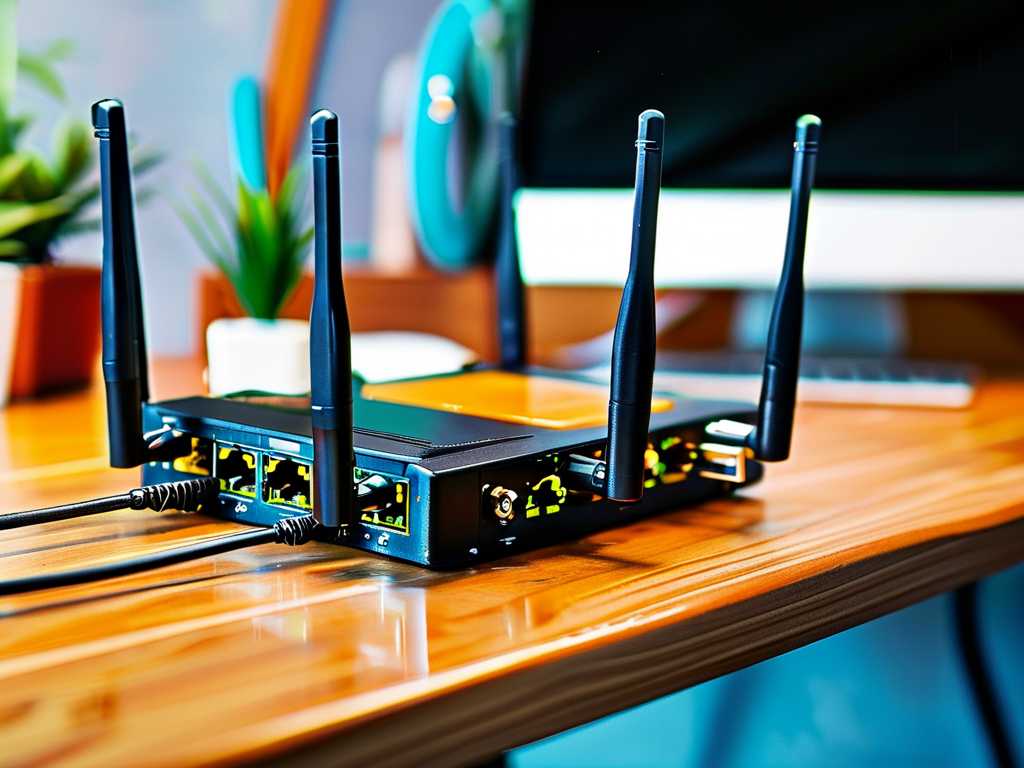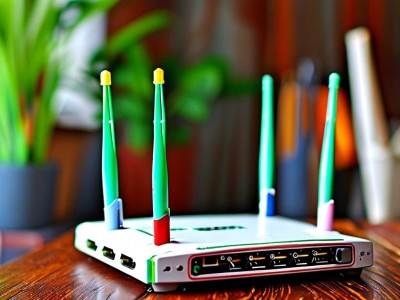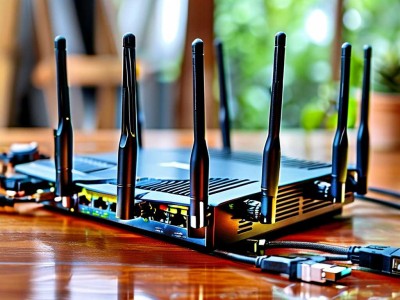How to Set Up Router’s Network Settings
Setting up router’s network settings is an essential task for anyone who wants to optimize their internet connection and ensure that all devices on the network are functioning properly. Whether you’re a tech-savvy user or just looking to improve your browsing experience, this guide will walk you through the process step by step.
1. Understanding the Basics of Router Settings
Before diving into the configuration, it’s important to understand what router settings are and how they work. A router acts as a central hub for your network, managing the flow of data between devices. Router settings can include things like network connectivity, Wi-Fi configurations, and Quality of Service (QoS) management.
1.1 Configuring Network Connectivity
The first step in setting up router settings is to ensure that your devices can connect to the router. This involves configuring IP addresses, DNS settings, and Netmask.

Step 1: Assigning IP Addresses
Each device on your network needs a unique IP address to communicate with the router and other devices. The router assigns these addresses based on the device’s configuration.
- Static IP Assignment: If you have physical routers and devices, you can manually assign IP addresses using DHCP settings or static IP settings.
- Dynamic IP Assignment: Use DHCP settings to allow devices to dynamically assign IP addresses from a range.
Step 2: Setting DNS Names
DNS names make it easier to remember and access devices on your network. You can set up DNS names in the router’s configuration.
- Primary DNS Server: Assign a primary DNS server, which is typically the one you want to use as your main domain name.
- Secondary DNS Server: Additional DNS servers can provide redundancy and help with domain resolution.
Step 3: Configuring Netmask
The netmask determines which parts of your IP address are used for the network and which are used for the host part.
- Default Netmask: Most commonly, a default netmask is used, which separates the network part from the host part.
- Custom Netmask: You can configure a custom netmask if you have specific needs, though this is rarely necessary for most users.
2. Configuring Wi-Fi Settings
Wi-Fi settings are crucial for ensuring that your devices can connect to your network and access the internet.
2.1 Selecting Wi-Fi Networks
When multiple Wi-Fi networks are available, the router will display the strength and name of connected networks.
- Changing Wi-Fi Networks: To connect to a different network, ensure the signal strength is strong and the SSID (signal strength indicator display) is visible on your router.
- Selecting a Network: Click on the SSID you wish to connect to, then select more options to configure its settings.
2.2 Managing Wi-Fi Devices
Managing multiple Wi-Fi devices requires careful configuration to ensure optimal performance.
Step 1: Adding a New Device
- Device Needs Update: Check if your device requires device-specific settings.
- Adding the Device: Follow on-screen instructions to add the device to the network.
Step 2: Restricting Access
To ensure security and control, you can restrict access for specific devices or categories of devices.
- Device Restrictions: Set up restrictions based on account types or IP ranges.
- Application Restrictions: Limit access to certain types of applications or services for specific devices.
Step 3: Adjusting RBAC (Role-Based Access Control)
RBAC policy enables fine-grained access control based on the user’s role.
- ** RBAC Settings**: Access RBAC settings in the router’s configuration interface.
3. Configuring Advanced Settings
Advanced settings are essential for optimizing network performance and handling complex tasks.
3.1 Quality of Service (QoS) Management
QoS ensures that data packets are prioritized based on their type, improving the performance of video, VoIP, and other data-intensive applications.
- Traffic Shaping: Limit peak-hour traffic to prevent network congestion.
- Priority Scheduling: Assign higher priority to specific types of traffic.
3.2 Router صف ( queuing )
Router صف helps manage packet scheduling, ensuring that data packets from different devices are ordered properly to avoid data loss and packet jitter.
- intégration des Urlis: Integrate the router صف with other network devices for better coordination.
3.3 Firewall Configuration
Firewalls are used to control network traffic based on predefined rules and can be added through the router’s settings.
- Firewall Rules: Configure rules to allow or block traffic based on specific criteria.
- outing rules: Enable port interception to intercept and route incoming requests.
3.4 Implementation of atenção de这件事情
S렣侃侃 attention-in-g dato
3.5 Batman and Robin Configuration
This advanced feature simplifies network management by centralizing control over your devices.
- ** Batman Configuration**: Configure Batman to manage the devices on your network.
- ** Lists**: Create lists of devices to apply specific settings.
4. Verifying Configuration
Once you’ve configured your router’s settings, it’s important to verify everything to ensure that your devices are connected and functioning properly.
4.1 Checking Connection Status
Check each device on the network to ensure it’s connected and functioning properly.
- Connection Status: Use the router’s web interface or your device’s web browser to check connectivity.
4.2 Testing Performance
It’s crucial to test the performance of your network after setting up the router’s settings.
- Up Rogers quantitative analysis: Use tools to measure the speed of your network.
- Trial of connectivity: Test connectivity between various devices on the network.
5. Best Practices
Adhering to best practices will help you maintain a robust and secure network.
5.1 Regular Updates and Maintenance
Keeping your router and OS updated can prevent security vulnerabilities.
- Regular Updates: Perform regular updates and maintenance on your router.
5.2 Network Monitoring
Monitoring network performance can help identify and resolve issues before they become critical.
- Performance Monitoring: Use tools to monitor network performance in real time.
5.3 Security Practices
Implementing the best security practices will protect your network from potential threats.
- Device Lockdown: Enable device lockdown to prevent unauthorized access.
- Firewall Rules: Use firewall rules to block known threats.
6. Conclusion
Configuring a router’s settings is a crucial task that affects the overall performance and security of your network. By following the steps outlined in this guide, you can set up your router in a way that meets your needs and helps you achieve optimal connectivity.
Remember, the specific settings may vary depending on your router and operating system. Always refer to your router’s user manual for detailed instructions.

